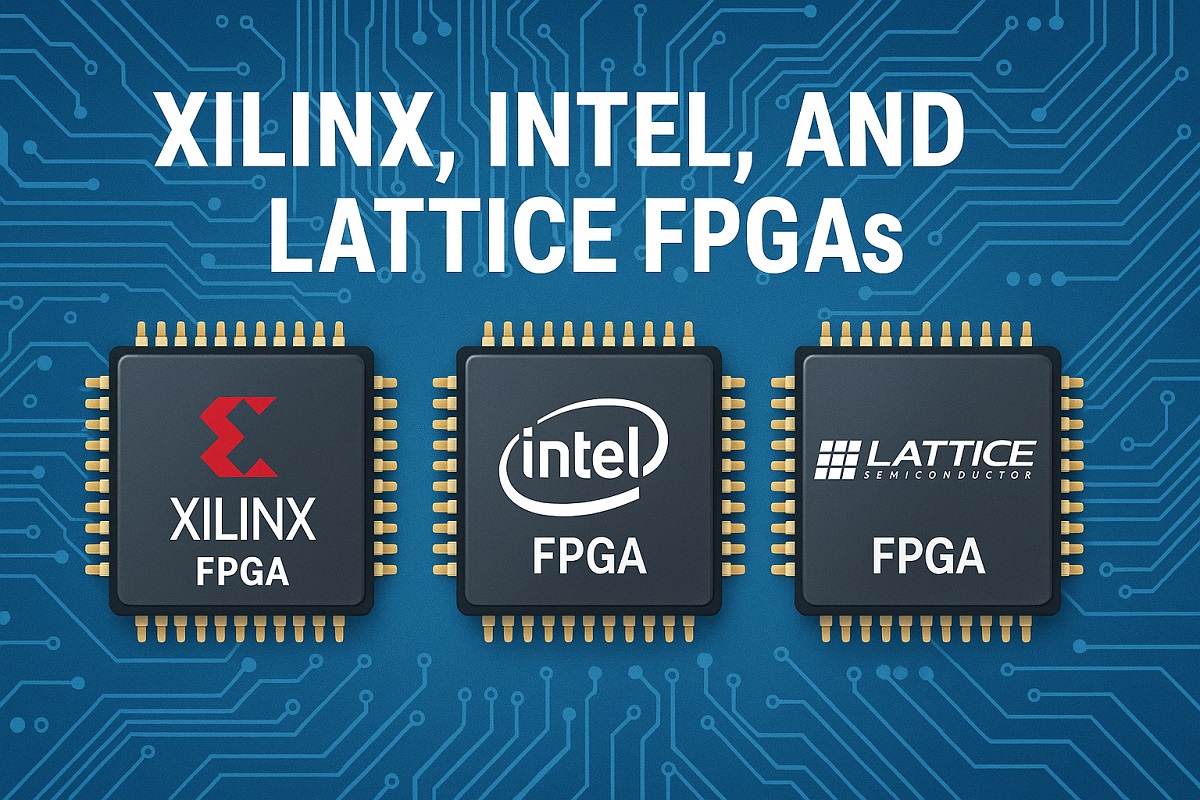
Altera vs Xilinx vs Lattice, Cost effectiveness comparison
Global electronic component supplier AMPHEO PTY LTD: Rich inventory for one-stop shopping. Inquire easily, and receive fast, customized solutions and quotes.
When comparing Altera (now part of Intel), Xilinx, and Lattice in terms of cost-effectiveness, several factors need to be considered. These include performance, product offerings, target applications, and the total cost of ownership (TCO), including development and manufacturing costs.

1. Altera (Intel) FPGAs
-
Price Range: Altera’s FPGA offerings generally cover a wide price range. Their low-cost FPGAs (like Cyclone and MAX series) are considered highly competitive in terms of pricing, especially for less demanding applications.
-
Target Applications: Typically used in high-performance computing, automotive, communications, and industrial sectors.
-
Cost-Effectiveness:
-
Altera's Cyclone and MAX series are very cost-effective for mid-range applications.
-
However, their higher-end devices (Stratix and Arria series) tend to be more expensive than similar offerings from Xilinx and Lattice due to their performance and advanced features.
-
-
Development Costs: Intel’s software tools (Quartus) are free to use, though the learning curve can be steep. However, for high-end devices, development costs can be high due to the complexity and the need for specialized tools.
2. Xilinx FPGAs
-
Price Range: Xilinx has a broad portfolio, ranging from low-cost FPGAs (Spartan and Artix series) to high-performance models (Virtex and Kintex series).
-
Target Applications: Xilinx FPGAs are widely used in telecommunications, aerospace, automotive, data centers, and high-performance computing.
-
Cost-Effectiveness:
-
Xilinx's Artix and Spartan series offer good price/performance ratios for applications that need moderate to high performance without requiring the extreme capabilities of Virtex or Kintex series.
-
The cost of higher-end devices can be steep, though Xilinx tends to offer more versatile, high-performance options, making them suitable for a broader range of demanding applications.
-
-
Development Costs: Xilinx offers free versions of Vivado for smaller designs, but for larger projects, the cost of Vivado Design Suite (for high-level synthesis and simulation) may add up.
3. Lattice FPGAs
-
Price Range: Lattice’s FPGAs, particularly the iCE40 and MachXO series, are typically positioned as the most cost-effective option, especially for low-power and low-cost applications.
-
Target Applications: Lattice targets industries like consumer electronics, automotive, industrial control, and IoT, where lower power consumption and small form factors are crucial.
-
Cost-Effectiveness:
-
Lattice FPGAs are among the cheapest options available, with a very competitive price point, especially for designs requiring moderate logic and low power consumption.
-
They tend to have less performance compared to Altera and Xilinx but are highly cost-effective for applications that do not require the raw power of more expensive devices.
-
-
Development Costs: Lattice’s software tools (Diamond and Radiant) are generally less expensive and offer free versions, making them very attractive for small companies or low-budget projects.
Summary Comparison:
| Company | Cost-Effectiveness | Target Applications | Development Tools |
|---|---|---|---|
| Altera (Intel) | Moderate (for low-end models) | High-performance, communications, automotive, industrial | Quartus (Free for basic use, paid for advanced tools) |
| Xilinx | Moderate (for low-end models) | Data centers, aerospace, automotive, high-performance computing | Vivado (Free for small designs, paid for advanced tools) |
| Lattice | High (especially for low-end models) | Consumer electronics, IoT, automotive, industrial | Diamond/Radiant (Free for basic use, paid for advanced tools) |
Conclusion:
-
Lattice is generally the most cost-effective option for low-cost, low-power applications, especially for simpler designs or those with small-scale logic requirements.
-
Altera and Xilinx offer higher performance but at a higher price. They are more suitable for applications where performance and flexibility are more important than raw cost.
-
Altera tends to have a better price/performance ratio in mid-range models compared to Xilinx, but Xilinx offers more versatility in high-end models.
If your project is based on budget and does not require the most advanced performance, Lattice is the go-to option. For mid-range to high-performance designs, Altera and Xilinx are better choices, with Altera generally being more cost-effective for certain applications.
Related Articles
- ·How are FPGAs used in AI/ML applications?
- ·How to boot Linux on a Xilinx FPGA?
- ·Is FPGA chip suitable for algorithm development?
- ·The best MCUs/MPUs for industrial humanoid robots
- ·What are the differences between FPGA and DSP processors for signal processing?
- ·What is the Difference Between 8085 and 8086 Microprocessor?
- ·Digital Signal Processors vs x86 Architecture, What's the Different?
- ·How to become an FPGA engineer? Which FPGA board and program are suitable for beginners?
- ·How to Generate Low Clock Frequencies in FPGA?
